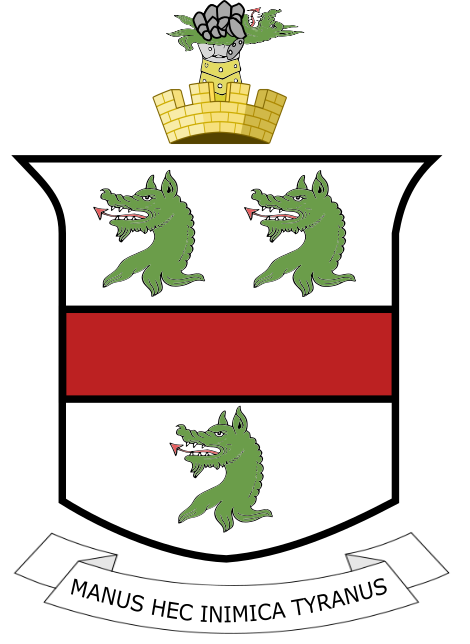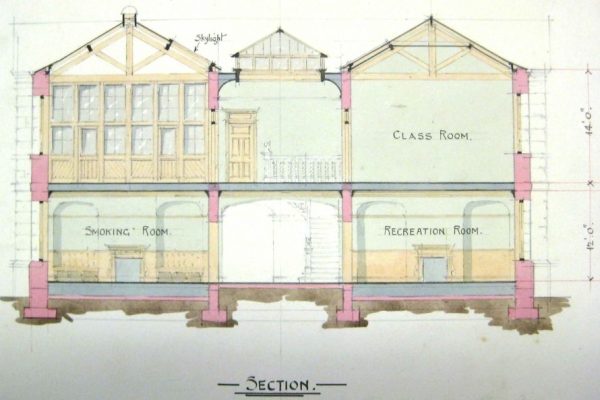1865–1944 George Curnow Millett
George Curnow Millett was born on 22nd September 1865 at Heston, the son of Charles Dewan and Frances Millett, in the borough of Hounslow, London. In 1871, Age 5, George was living with his family at No. 5 Princes Villas, Twickenham. By age 15 in 1881 he had moved a short distance to 1, The Poplars, Hampton Road Twickenham. George’s education was by the Rev. L.M. D’Orsay, Twickenham; the Rev. S. Martin, Twickenham; College Communal de Bologne (Universite de France); King’s College London; and private tutors 1888 – 90.” 1 As a 17-year-old in 1883, George started a 5-year apprenticeship working for his uncle, Henry Michell Millett. He first worked as a clerk on the Lynn and Fakenham Railway’s Norwich extension (to Norwich City Station) and later worked on the Swedish–Norwegian Railway as a surveyor and in the workshops and drawing office. 1 The annual UK census shows George as living at his family home of 89 to 91 Westminster Bridge Road, London. Having completed his apprenticeship, he worked between 1890 and 1892 as a Railway Contractors Clerk for William Eckersley, the engineer who had been in partnership with George’s uncle, Henry. During this time he was involved with the Pirzus-Larissa Railway in Greece. Between 1892 and March 1906 George worked for Messrs. B. Cooke and Co. and was in sole charge of several works, machinery, etc.: 1 On 11 April 1906, George stated in his application for the UK Institute of Mechanical Engineers that: “He is at present carrying on his business at 19 Victoria Mansions, Queens Club Gardens, West Kensington.” Membership in other Societies.Major (2nd in command), 2nd London Rifles. The City of London Rifles (CLR) was a volunteer regiment of the British Army, originally raised as the ‘Printers’ Battalion’. Between 1887 and 1909, George was a member of the United Grand Lodge of England Freemasons, Earl Roberts Lodge. 3 Married: In Marylebone 27 Dec 1899 (Saint Thomas, Saint Marylebone: Portman Square, Westminster, England) to Mary Eveline Geoghegan b. 1873 Saugor, Bombay, India, d. 22 Aug 1933 Nairobi. 3 Children: War Service: The East African Mounted Rifles was a regiment of mounted infantry raised in the British Colony of Kenya for service in the East African Campaign of the First World War. Formed at the start of the war from volunteers, it was entirely white and drawn primarily from Boer settlers and members of the Legion of Frontiersmen. With horses in short supply, some men were mounted on polo ponies or mules. The East African Mounted Rifles, around 400 strong, deployed to support the recapture of Kisii, Kenya, in September 1914. They also served in an attack on Longido in German Tanganyika in November. Further action on the frontier followed until April 1915, when the unit was posted on guard duty on the Uganda Railway. 4 Time Line & Residences: George spent many years in East Africa, a place he loved and had close connections with.

